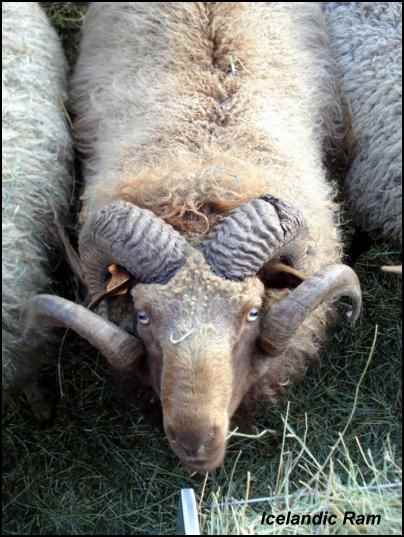The dream of coming back to basics, down to our roots, and achieving self-sufficiency is a worthy one. You put lots of time, money and effort into your desire to homestead. Many people plan for years to purchase and lay out what they desire for their dreams of homesteading. However, the potential homesteader often forgets to put very much concentration into the types of livestock that they will be raising. The breeds and types of livestock deserve as much consideration and thought as the actual layout of the homestead. If the benefits of the past are a part of your homestead plan, then consider raising heritage breeds on your property.
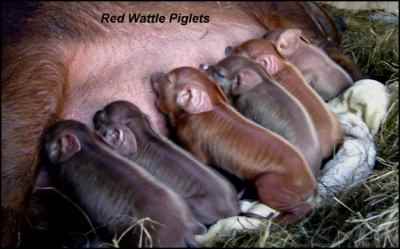
Heritage breeds are traditional livestock breeds that were commonplace on farms of the past. This was before the rise of industrial agriculture drastically reduced the genetic variety and diversity of breeds for those of commercial breeds designed for mass production. The desire for higher yields and the production rates required for major businesses eventually pushed many of these breeds to extinction or near extinction. The fact that heritage animals were bred over time to develop traits that made them principally adapted to the environments where they were raised lost ground to the call of the almighty dollar.
Now, the modern homesteader who values the lessons learned and the lifestyle of previous generations is emerging. He is smart enough to know that heritage breeds are better adapted to local environments and more resistant to disease. He knows that heritage breeds do not require temperature-controlled housing, or special diets, or unnecessary antibiotics added to their food source. The modern homesteader chooses wisely, planning his livestock purchases by his environmental location, his desire for sustainability, and his knowledge of what breeds he can obtain and maintain.
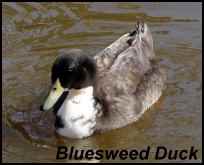
The first step in planning which heritage breeds are best for your homestead is to decide what types of livestock you desire in the first place. Make a list of what you want. Your list may have things like: poultry, milk cows, meat goats, wool sheep, and many others along these lines.
Then, you should study the area where your homestead is located. Learn its yearly weather conditions, its natural grazing type, and its local predators; all of this is key information in deciding what breeds of livestock will work best on your homestead.
Following this, make sure to research information on what types of livestock the original homesteaders in your area raised and see if any of those breeds are still around today. When you have gathered all of this information, then you can begin looking for heritage breeds of livestock that have characteristics that will best fit your desires.

An excellent source for this information is at the American Livestock Breeds Conservancy, an organization working to conserve historic breeds and promote the much-needed genetic diversity in livestock. Here you can compare different breeds from whichever types of animals are on your list, and decide which ones fit your needs and desires best. There is no limit to the types of heritage breeds. These breeds exist in all types of livestock from poultry to pigs, cattle, and horses.
Poultry is an excellent place to start when discussing and planning heritage breeds. In the U.S. today, 99% of all turkeys raised are Broad-Breasted Whites. These turkeys were designed totally for mass meat production. However, they don’t have what it takes to work well on homesteads and small farms.
While they are exceptional at converting feed to breast meat, the result of this improvement is a loss of the bird’s ability to successfully mate and produce fertile eggs without intervention. This is why both the Broad Breasted White and the Broad Breasted Bronze turkeys require artificial insemination to produce fertile eggs. Not a real good option for the average homesteader to consider.
Consider several other turkeys that are heritage breeds and what they were bred to offer: productivity as well as specific color patterns to show off the bird’s innate beauty. Heritage turkeys are reproduced and genetically maintained through natural mating, with expected fertility rates of 70-80%. They have long, productive life spans with breeding hens commonly productive for 5-7 years and breeding toms for 3-5 years. There are several types of heritage turkeys; the most common breeds are the Lavender, Bourbon Red, Narragansett, Slate, and Royal Palm.
Common heritage laying chickens are the Delaware, New Hampshire, Rhode Island Red, Barred Rock & Speckled Sussex. What makes them so different from the popular commercial breeds are the egg color, their better health, and their knack for surviving the free-range lifestyle.
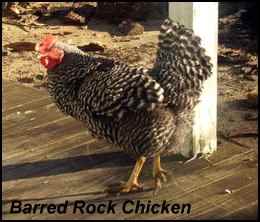 Heritage breeds live longer and adapt well to outdoor survival, completely different from your average commercial chickens that are kept in artificial, environmentally-controlled henhouses—or in smaller individual cages.
Heritage breeds live longer and adapt well to outdoor survival, completely different from your average commercial chickens that are kept in artificial, environmentally-controlled henhouses—or in smaller individual cages.
The commercial poultry industry uses highly specialized breeds that have split the genetics of the original breeds to focus singularly on either meat or egg production. Heritage chickens offer the homesteader a sweet combination of both fresh eggs and good meat.
We raise a few Barred Rocks and Australorps because they are a nice meat-chicken that also happens to lay large brown eggs that are favorites at our house. It also helps that that their dark color enables them to blend in well with the surrounding environment—this means they don’t stand out to predators and are far less likely to become some wild animal’s lunch!
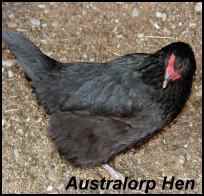
Research the wide variety of heritage chickens, turkeys, and ducks that are available to you in order to see which will work best for your setup.
As a result of the pork-chop-express attitude of commercial meat production, 75 percent of pigs in the U.S. now come from only three main breeds. They have lost the genetic characteristics that help pigs survive in their natural, outdoor habitat.
Most are light skinned and used to lives spent in air-conditioned and heated comfort, away from the harshness of the outdoor environment. However, pigs are healthiest when they spend at least part of their lives on pasture, thus the coarse hair and dark-skinned genes are important for this type of lifestyle.
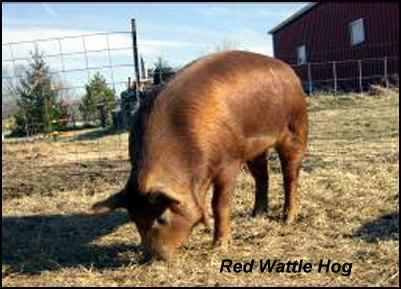
Breeds like the Gloucestershire Old Spots, Tamworth, Red Wattle, and Mulefoot Hogs are all superb examples of heritage pig breeds that are highly rated for American homesteaders. Kiss My Grass Farm in Brown County, Indiana has been greatly pleased with their choice of the Red Wattle Hog; they refer to them as “Gentle Giants.” They are excellent foragers, great mothers—which produce rapidly growing piglets that fit perfectly on the grass range that Kiss My Grass Farm promotes. It is a great bonus that the meat from these hogs tastes so good that, in 2006, it won a blind taste-test in St. Louis. It is benefits such as these that make heritage animals the kind to raise over the popular commercial breeds.
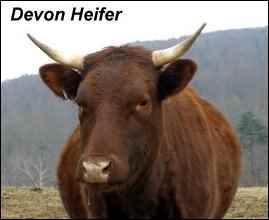
Perhaps you’re considering cattle for your next homestead project? If you consider today’s information: 83 percent of dairy cows are Holsteins and almost all of the dairy herds in the U.S. consist of just five main breeds; add to that Angus, Hereford, or Simmental breeds make up 60 percent of the beef cattle industry. If you were to follow those standards, and you want both meat and milk production then you need at least two different breeds of cattle—what a headache it would be to manage that arrangement!
However, research the heritage breeds and you’ll find cattle like the Devon, which was utilized by the colonist as early as 1623 for not only beef and milk but as oxen as well.
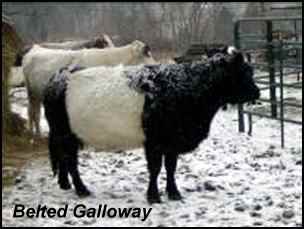
Looking for just a meat-producing breed that works well on any suitable grazing land? Check out the Belted Galloway, they are smaller than their commercial counterparts and possess a gentle personality. They are also well known for efficient grazing all the way to maturity.
Perhaps you have very rough or steep and brushy terrain; if so, Longhorn cattle could be of interest to you. Whatever your desire, there is a heritage breed of cattle just for your homestead.
Sheep breeds have also suffered greatly due to commercialized production. Four breeds make up over 60 percent of sheep flocks today, with 40 percent of those flocks being Suffolk-breed sheep. It is as important to keep diversity in the sheep flocks as much as it is in any other type of livestock.
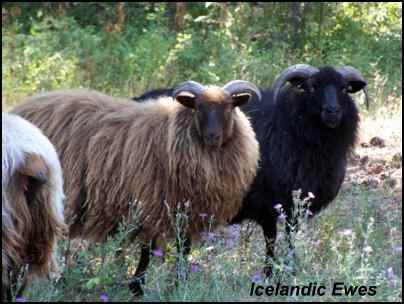
There are many homesteaders today that enjoy hand spinning their own wool from sheep and goats, as well using them for meat and milk. Because of this, it’s a great idea to study what breeds would work the best on your homestead. Heritage sheep-breeds, like the Icelandic and Wenslydale, are select choices for spinners and knitters alike.
Alpha Omega Ranch, located in the Bitterroot Mountains of Eastern Idaho, raises Icelandic, Wenslydale, California Red and the endangered Navajo-Churro breed to meet demands for quality fiber and meat production.
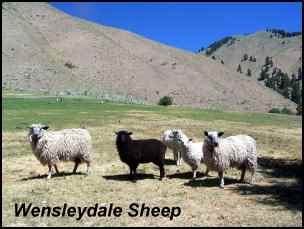
Black Welsh Mountain Sheep are also a heritage breed. These sheep offer a dense, durable black fleece as well as a fine, mild mutton for meat purposes.
Goats are also noted for heritage breeds that offer the homesteader a great selection to meet the needs of their homestead. Nigerian Dwarfs are small goats that produce one to two quarts of high-butterfat milk per day. Their smaller size means less land requirements when compared with the larger dairy breeds, while still giving an adequate milk supply.
Tennessee Fainting Goats are an easy-to-keep breed that offers a good meat product as well a minor entertainment value for spectators. They are named for a peculiar breed characteristic known as myotonia congenital, a condition in which the muscle cells experience prolonged contraction when the goat is startled. In short, they fall over and stiffen into a locked position when scared or nervous. It might not be pleasant for the goat, but any visitors to your homestead will surely be entertained!
Other heritage breeds that are also popular with homesteaders today are the Spanish, San Clamente, and Oberhalsi breeds. Study your homestead plans and what breeds best meet the requirements you have then select your best match.
There are heritage breeds in all types of livestock, including all sizes and species—from draft horses to rabbits. No matter what type of livestock you are looking for, be sure to investigate heritage breeds. By doing so, you are helping ensure genetic diversity among livestock and assisting to preserve breeds from extinction, as well as ensuring the true heritage of homesteading. Remember, to truly be a heritage animal it needs to be raised on a sustainable farm—the original homestead.
